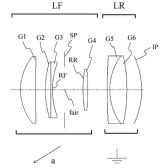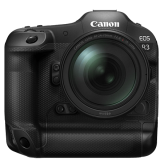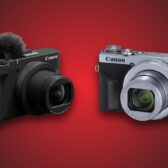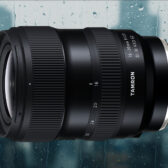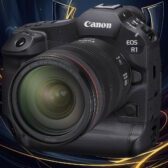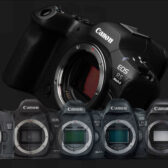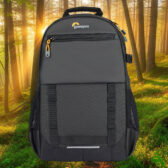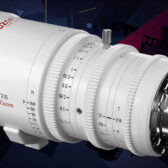Steve Brazill from Behind The Shot had a chance to interview our favourite Olympic photographer, Jeff Cable. If you remember, Jeff was one of the most active shooters on the web using the Canon EOS R3 at the Tokyo Games.
The discussion about the Canon EOS R3 begins around the 9:58 mark, which is where I have queued up on the video.
Jeff gives us some great insight into Canon’s secrecy with pre-release cameras, as well as how the camera performed… A camera he ended up using for 99% of everything he shot at the Olympics. Jeff brought a couple of EOS R5s to shoot with, but the EOS R3 outperformed the EOS R5 for his workflow.
Connect with Jeff Cable:
- Website: https://www.jeffcable.com/
- Blog: https://blog.jeffcable.com/
- Instagram – https://instagram.com/jeffcablephotog…
- Facebook: https://www.facebook.com/jeffcablephoto
- Twitter: https://twitter.com/jcable12
- YouTube: https://www.youtube.com/jcable1234
|
When you purchase through links on our site, we may earn an affiliate commission. Here's how it works. |



